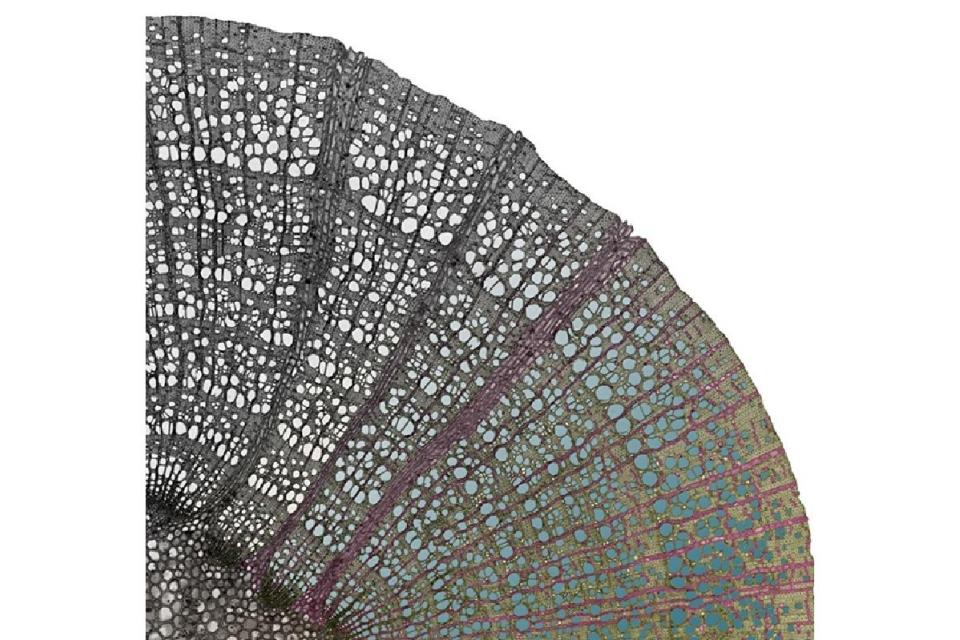Curiosities: Nature’s secret code
Survival in nature is closely linked with structural efficiency

Survival in nature is closely linked with structural efficiency and optimisation of the resources.
The tree that uses the least energy and mass to grow most efficiently receives the most sunlight, and likewise the lightest, strongest animal will also run the fastest.
Porous structures with a microscopic repeating pattern to the porosity are, in fact, a very efficient way for nature to produce structures that require little in terms of resources while prioritising survival.
Bone, for instance, consists of areas with structured porosity varying in porosity according to the load the bone will be exposed to.
Wood and the stems of some plants also consist of hollow structures, which means less energy is required for a tree to grow to the height it needs to get enough sunlight.
In practice, this makes wood a light material while also being very strong. Wood, in fact, was used for early airplanes.